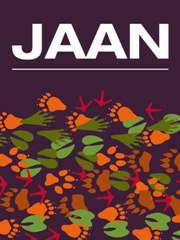Article contents
The efficacy of the probiotic feed additive Calsporin® (Bacillus subtilis C-3102) in broilers: combined analysis of four different studies
Published online by Cambridge University Press: 20 March 2013
Summary
The efficacy of the probiotic feed additive, Calsporin® (CAL; Bacillus subtilis C-3102), included in broiler diets at 50 mg/kg was evaluated using statistical meta-analysis of data from four different studies conducted using broilers from day-old to market weight at 42 days of age. The body weight, average daily gain, feed intake, feed to gain ratio, mortality and European Production Efficiency Factor (EPEF) data from each experiment were tested for homogeneity between trials before being pooled and analysed in combination to determine whether benefits were consistent independent of trial site and conditions. CAL supplementation significantly improved weight gain (P = 0.0037) between 1 and 21 days of age (3.3%) and feed conversion ratio (P = 0.0492) between 22 and 42 days of age (3.0%). Over the entire experimental period (day 1 to day 42 of age), broilers fed the CAL diets had significantly better (P = 0.0142) feed conversion (2.6%) and higher (P = 0.0062) EPEF (4.6%) compared to the controls. Birds fed diets supplemented with CAL were 1.6% heavier than controls at 42 days of age, a near-significant trend (P = 0.0558). The results demonstrated that CAL in broiler diets, added at an inclusion rate of 50 mg/kg, can be beneficial in terms of broiler performance.
Information
- Type
- Original Research
- Information
- Copyright
- Copyright © Cambridge University Press and Journal of Applied Animal Nutrition Ltd. 2013
References
- 2
- Cited by

